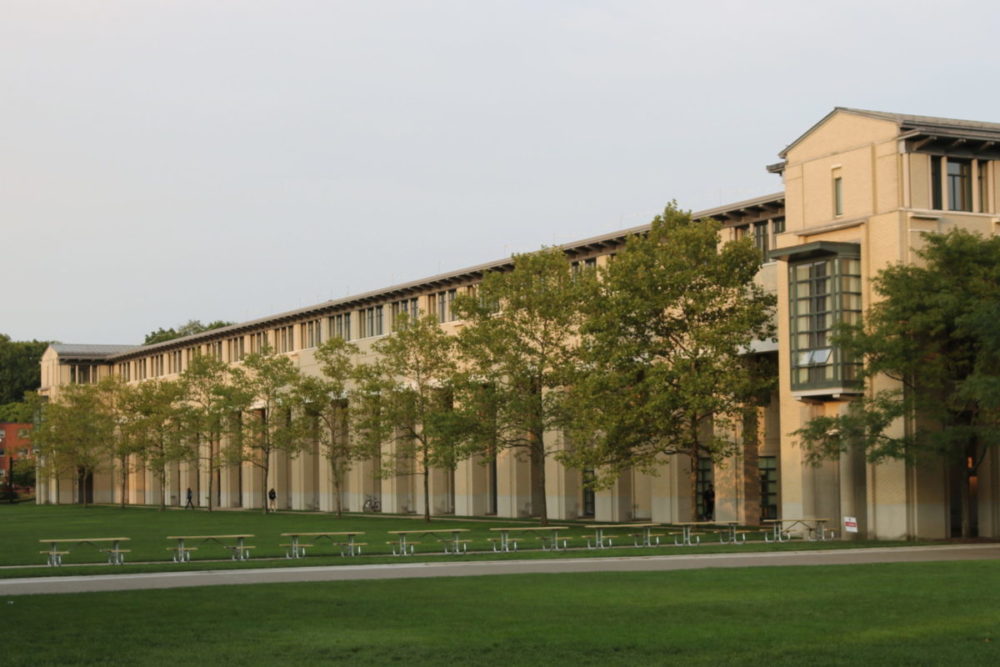Interested in viewing disparities in median household income throughout Baltimore city? Or information on what neighborhoods suffer from higher foreclosure rates?
The “Lines Between Us” maps made available by local National Public Radio affiliate, WYPR, depict just that. A series of maps shows information on household income, foreclosure rates, the geography of race in Baltimore city and something called “communities of opportunity.”
Use this map and your home address to view information on race, income, education and employment in your neighborhood.
Data for each of the maps comes from the Baltimore Neighborhood Indicators Alliance–Jacob France Institute at the University of Baltimore. For the last decade, BNIA has divided Baltimore city into 55 Community Statistical Areas, each of which are related to the city’s neighborhoods as defined by the planning department, as Technically Baltimore reported in July. Using U.S. Census data, BNIA then compiles “vital signs” for each one of these 55 areas — information on unemployment, crime, education and the like — which it presents annually at the Data Day conference.
The latest map BNIA has put together for WYPR is an “interactive map with Census tract-level data on race, income, education, employment and more for Baltimore city, Baltimore County and Anne Arundel County,” according to WYPR’s website.
The “Lines Between Us” series “is a year-long multimedia exploration of inequality in the Baltimore region” augmented by “personal stories and challenging conversations about race, clas, and other factors that can divide our one region into separate worlds,” according to WYPR.
WYPR’s ‘Lines Between Us’ interactive map plots data on Baltimore income inequality [MAPS]







